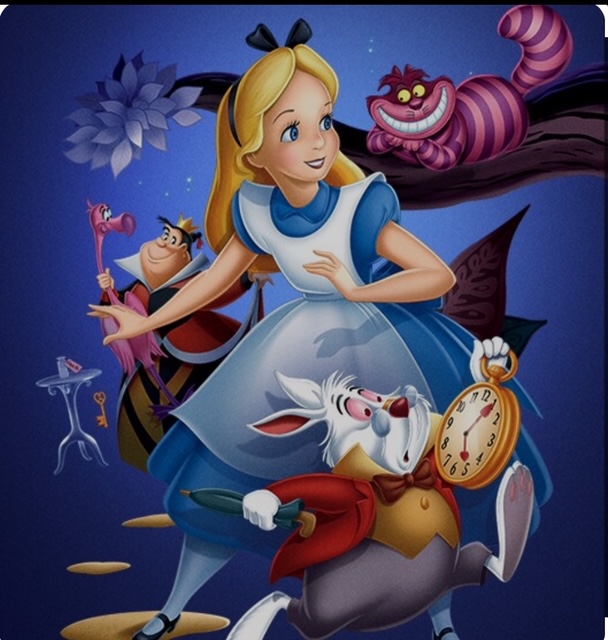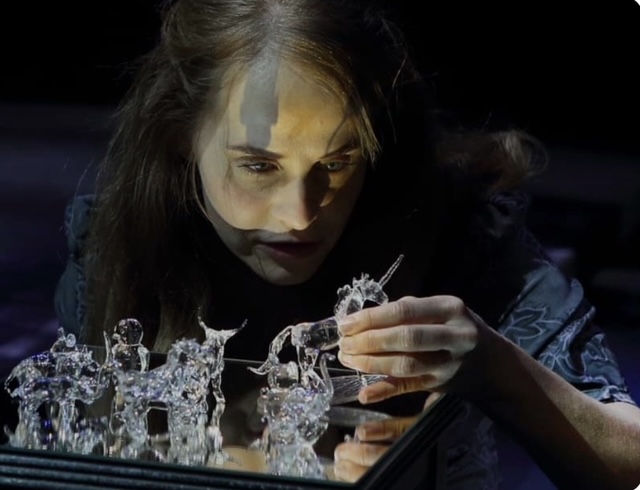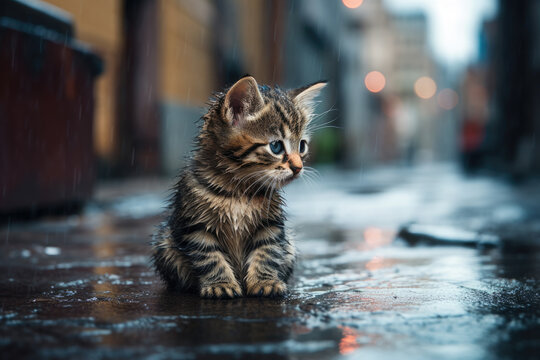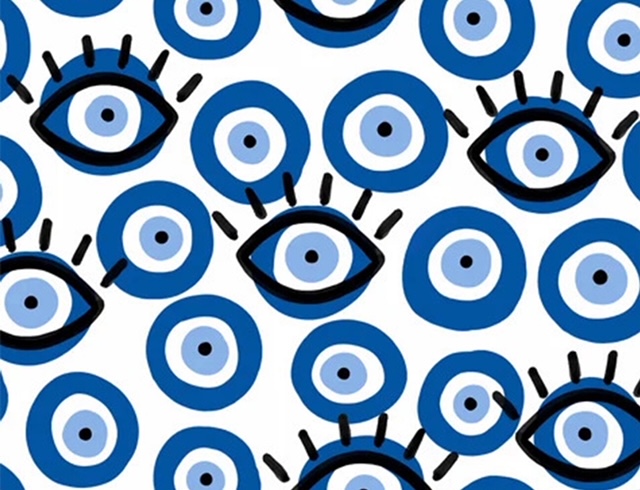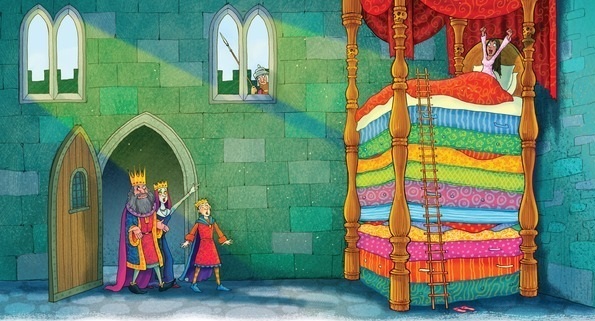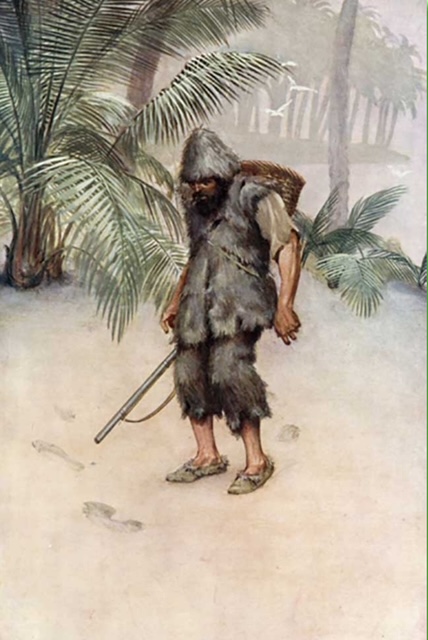
de Daniel Defoe
Numele meu este Robinson Crusoe. Sunt din Anglia. Am optsprezece ani. Tatăl meu este german. Mama mea este engleză. Eu am doi frați și o soră. Suntem o familie bună.
Tatăl meu este un om de afaceri. Avem bani. Merg la o școală bună. Am o viață bună. Dar am un vis. Vreau să călătoresc. Vreau să văd lumea.
Tatăl meu este un om bun. El vrea ce e mai bun pentru mine. Dar visul meu nu este visul lui. El nu este fericit.
Tatăl meu este în camera lui și vrea să vorbească cu mine. Mă duc în camera lui. El vrea să știe de ce vreau să călătoresc. Îmi spune că este periculos să călătoresc, că pot chiar să mor.
Mă gândesc la asta. Așa este, călătoria este periculoasă și pot muri. Dar este și foarte interesantă. Pot vedea țări noi, pot să cunosc oameni noi.
Mă gândesc în fiecare zi cum pot să călătoresc . Poate mă poate ajuta mama.
Vorbesc cu mama și îi spun că vreau să călătoresc. Vreau să văd lumea. Mama mă iubește. Dar și ea crede că călătoriile sunt periculoase. Ea crede că locul meu este acasă. Ea crede că viața în Anglia este cea mai bună pentru mine.
Un an mai târziu, vizitez orașul Hull. Acolo îl întâlnesc pe prietenul meu. Tatăl lui are o navă cu care merg la Londra împreună. Prietenul meu îmi spune să merg cu ei.
Mă gândesc la asta. Nu sunt pregătit. Dar pot încerca să văd dacă îmi plac călătoriile.
Merg la Londra cu ei și sunt foarte fericit. Este prima mea călătorie lungă. Este foarte interesant. Prima oră este bună. Dar avem o problemă. Vine o furtună mare. Vântul este puternic. Nava urcă și coboară. Mi-e frică. Mă gândesc la casa mea. Mă gândesc la patul meu confortabil.
Furtuna s-a liniștit dimineața. Vremea este frumoasă. Și seara este frumoasă. Totul este liniștit.
Un bărbat vine la mine și vorbim despre furtună. Vorbesc despre frica mea. Bărbatul îmi dă de băut. Beau foarte mult. Dorm foarte bine noaptea următoare.
A doua zi uit de casa mea. Uit de patul meu confortabil. Visez să călătoresc mai mult.
in English:
My name is Robinson. I’m from England. I am eighteen years old. My father is German. my mother is English I have two brothers and a sister. We are a good family.
My father is a businessman. We have money. I go to a good school. I have a good life. But I have a dream. i want to travel I want to see the world.
My father is a good man. He wants the best for me. But my dream is not his dream. He is not happy.
My father is in his room and wants to talk to me. I go to his room. He wants to know why I want to travel. He tells me that it is dangerous to travel, that I can even die.
I’m thinking about this. That’s right, the journey is dangerous and I can die. But it is also very interesting. I can see new countries, I can meet new people.
I think about traveling every day. Maybe my mom can help me.
I talk to my mother and tell her that I want to travel. I want to see the world. Mother loves me. But she also believes that travel is dangerous. She thinks my place is home. She thinks life in England is best for me.
A year later, I visit the city of Hull. There I meet my friend. His father has a ship that goes to London. My friend tells me to go with them.
I’m thinking about this. I am not prepared. But I can try to see if I like traveling.
I am going to London with them and I am very happy. It’s my first long trip. Is very interesting. The first hour is good. But we have a problem. A big storm is coming. The wind is strong. The ship goes up and down. I’m afraid. I’m thinking about my house. I think of my comfortable bed.
The storm calmed down in the morning. The weather is nice. And the evening is beautiful. Everything is quiet.
A man comes to me and we talk about the storm. I’m talking about my fear. The man gives me a drink. I drink a lot. I sleep very well the next night.
The next day, I forgot about my house. I forgot about my comfortable bed. I dream of traveling more.

